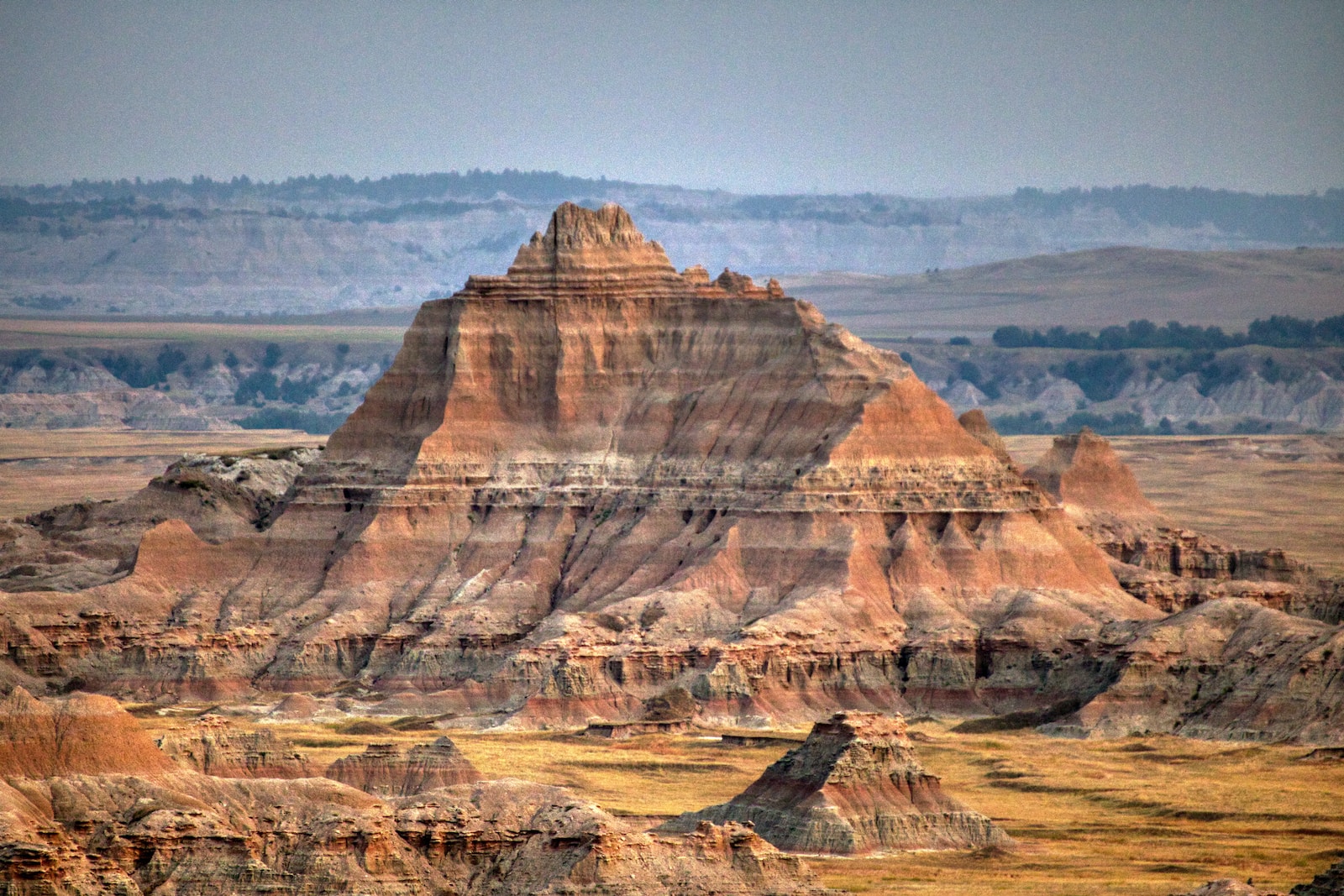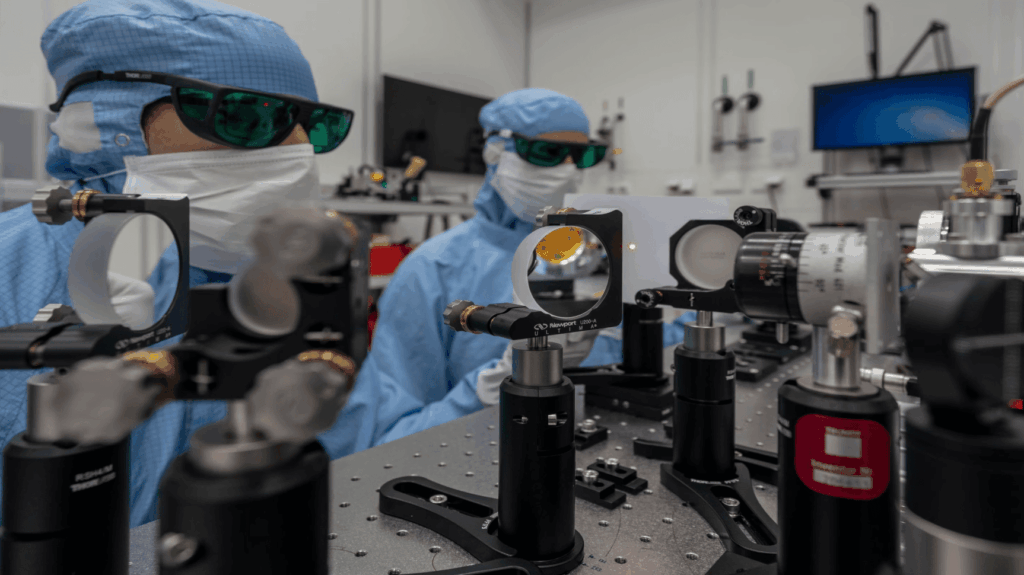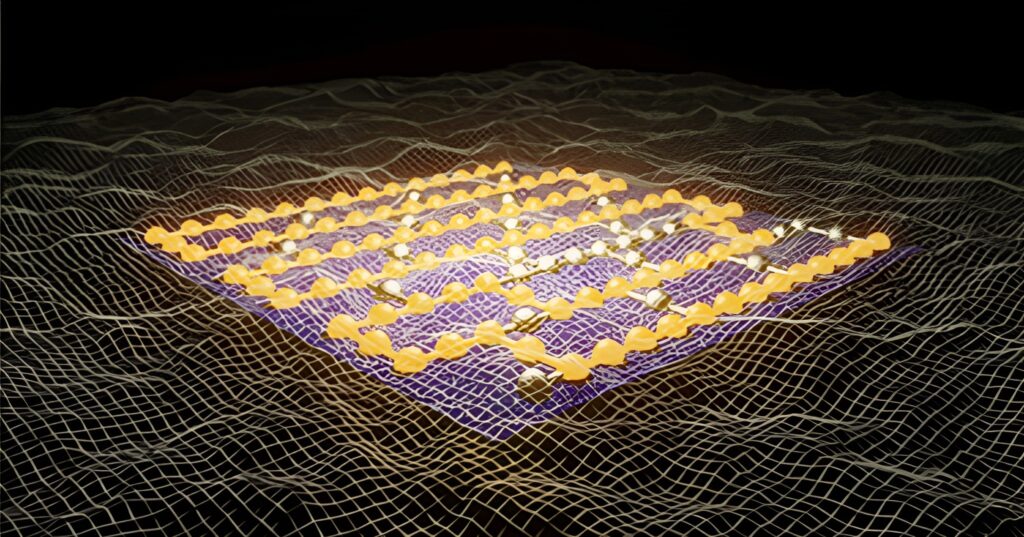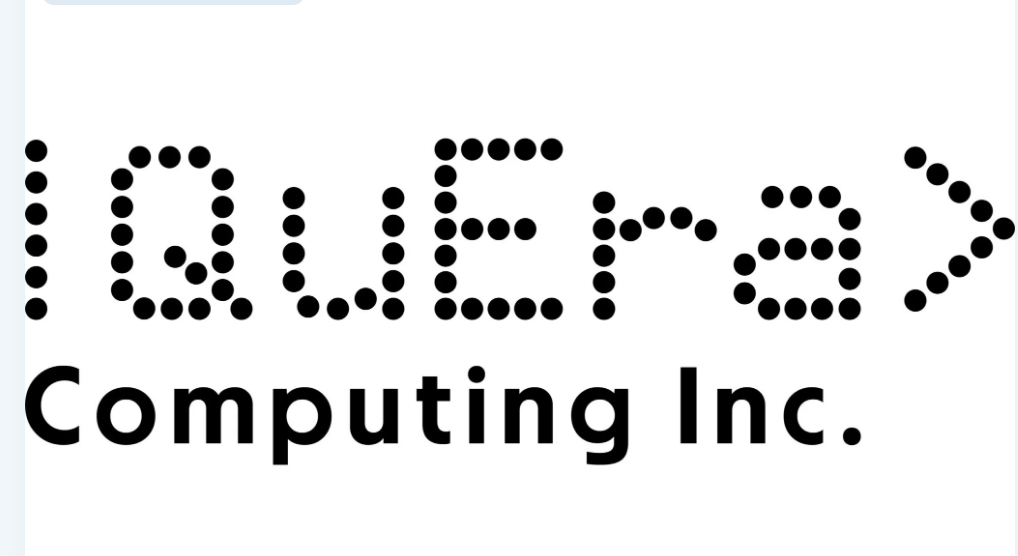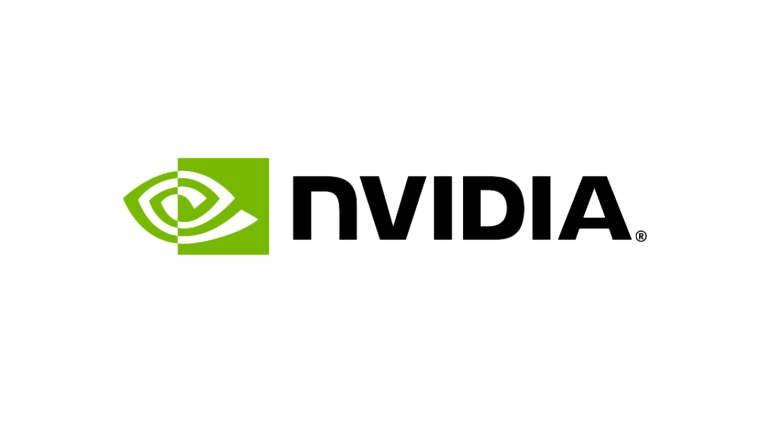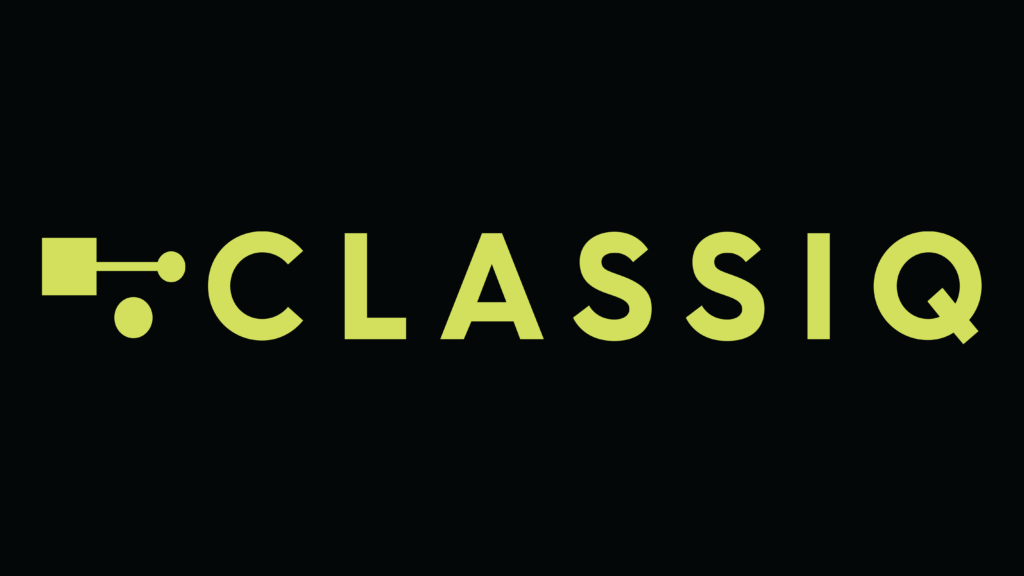Insider Brief
- Governor Kristi Noem has proposed a $6 million investment in a new Center for Quantum Information Science & Technology.
- C-QIST would be a collaborative effort between Dakota State University, South Dakota School of Mines & Technology, South Dakota State University, and the University of South Dakota.
- Critical Quote: “South Dakota’s universities are home to some of the nation’s brightest minds. By investing in C-QIST, we’re not just fostering cutting-edge research but also creating the next generation of scientists and engineers equipped to drive innovation in this critical field.” — Governor Kristi Noem.
Governor Kristi Noem has proposed a $6 million investment in a new Center for Quantum Information Science & Technology (C-QIST) in her recommended budget for the upcoming fiscal year.
According to details from the proposed budget, the center, a collaborative effort between Dakota State University, South Dakota School of Mines & Technology, South Dakota State University, and the University of South Dakota, aims to position the state as a leader in this emerging field with the potential to revolutionize everything from national security to healthcare.
The governor mentioned the potential of quantum computers to solve intractable problems as a reason for pursuing a quantum computing center, according to South Dakota Searchlight.

“Quantum computing uses the physical properties of subatomic particles to hold a charge,”Governor Noem said in December. “This new field can do exponentially more than a regular computer can do. Imagine a task that it would take regular computers 20 years to accomplish. A quantum computer could handle that task in just a matter of seconds.”
She added that the initiative would rely on the state’s natural brainpower.
“South Dakota’s universities are home to some of the nation’s brightest minds,” Governor Noem said in a statement on the new center. “By investing in C-QIST, we’re not just fostering cutting-edge research but also creating the next generation of scientists and engineers equipped to drive innovation in this critical field.”
The center’s four core objectives paint a picture of its ambitious scope. It aims to:
- Develop research agendas and programs: C-QIST will identify key areas where quantum computing can make a significant impact, focusing on fields like cybersecurity, agriculture, healthcare, and materials science.
- Implement degree programs: Recognizing the burgeoning demand for expertise in this area, the center will establish Quantum Information Science & Technology (QIST) degree programs, nurturing the next generation of quantum researchers and developers.
- Advance AI and machine learning: C-QIST will explore how quantum computing can unlock the full potential of AI and machine learning, accelerating breakthroughs in areas like cybersecurity, healthcare, and weather forecasting.
- Serve as a resource center: The center will become a hub for collaboration and knowledge sharing, providing expertise and support to both public and private institutions across South Dakota in harnessing the power of quantum computing.
The Governor’s proposed budget allocates the initial funding for C-QIST’s launch. This includes support for faculty and graduate students, hosting an annual research symposium and securing access to cloud-based quantum computing resources.
The Argus Leader reports that the center is not a done deal yet. The bill that would include the center needs to be drafted in time for the Jan. 9 session start. The newspaper also reports the center is one of the South Dakota Board of Regents’ major priorities this year.
While still in its early stages, C-QIST represents a bold vision for South Dakota’s future in quantum technology. Policymakers hope that the success of the center could not only attract top talent and research funding to the state but also position South Dakota as a key player in this transformative field.
If you found this article to be informative, you can explore more current quantum news here, exclusives, interviews, and podcasts.

